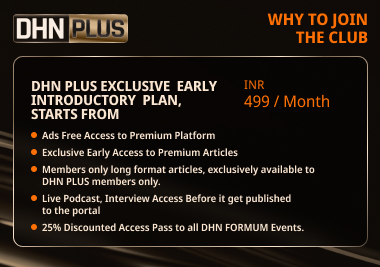NABL Mandates QR Code Integration to Boost Lab Report Transparency

As an additional safeguard, all accredited laboratories must now upload their test reports and calibration certificates to a secure blockchain portal via the NABL web platform.
In a move aimed at strengthening transparency and reliability in laboratory testing and calibration, the National Accreditation Board for Testing and Calibration Laboratories (NABL) has directed all accredited laboratories to incorporate QR codes into their test reports and calibration certificates.
This mandate aligns with the guidelines issued by the Department for Promotion of Industry and Internal Trade (DPIIT), which seeks to raise the quality and standardization of laboratory operations across India.
Dual QR Code System for Enhanced Verification
Under the new directive, all Conformity Assessment Bodies (CABs) accredited by NABL are required to generate and affix two QR codes on every report that includes accredited parameters.
The first QR code must provide direct access to the laboratory’s NABL accreditation certificate and scope. This enables stakeholders to instantly verify the lab’s credentials using any standard QR code scanning application.
The second QR code must encapsulate the full authorized test report or calibration certificate, ensuring that customers and regulatory bodies can retrieve the document online and verify its authenticity in real-time.
The dual QR code system is being implemented to reduce the chances of test result manipulation and to eliminate the spread of fake or unauthorized reports in the market.
NABL stated that this step would protect the interests of end-users and uphold the integrity and reputation of laboratories operating under its accreditation.
Blockchain Uploads to Reinforce Data Integrity
As an additional safeguard, all accredited laboratories must now upload their test reports and calibration certificates to a secure blockchain portal via the NABL web platform.
While this enhances data security and traceability, NABL clarified that it does not have access to the content of the uploaded reports, thus ensuring complete confidentiality for laboratories and their clients.
NABL has issued instructions for generating and affixing the official QR code to support implementation. Laboratories are required to open their NABL accreditation certificate, capture the QR code using the Windows “Snipping Tool,” and display this code on every issued report or certificate.
With the adoption of this system, clients, regulators, and consumers can more confidently rely on the authenticity of laboratory-generated results.
Stay tuned for more such updates on Digital Health News.
Stay tuned for more such updates on Digital Health News





























